How to Fix an Outlet That Stopped Working When the Breaker Has Not Tripped
Get your outlet back up and running quickly and safely
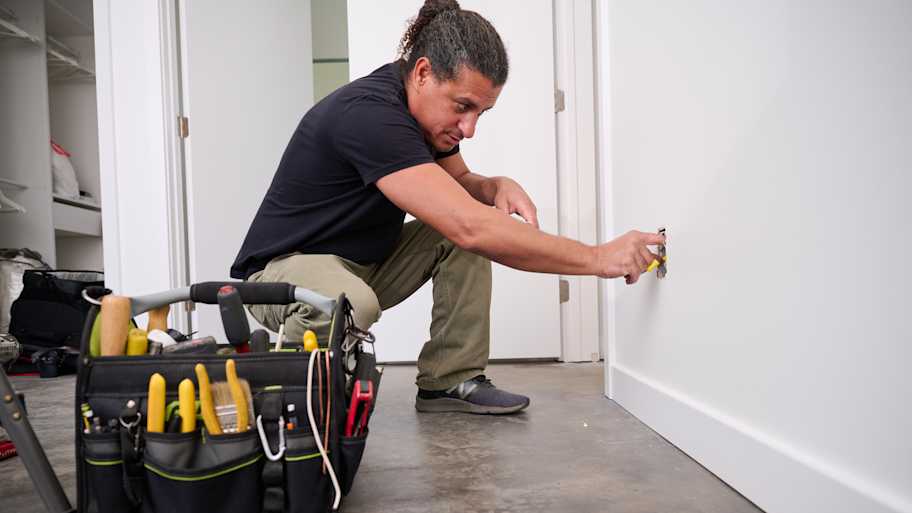

If you plug your phone into an outlet to charge it and nothing happens, you might assume the breaker has tripped. But that’s not always the case. If your outlet has stopped working, but the breaker has not tripped, it could be due to several factors, including bad wiring, a faulty GFCI outlet, or a damaged appliance. Our guide will walk you through the steps to determine why your outlet has stopped working and how to fix it.
Why Did My Outlet Stop Working Even Though the Breaker Didn’t Trip?
When an outlet loses power, the most likely culprit is the circuit breaker. Outlets can experience wear and tear over time, producing burn marks or warmth as warnings signs that it’s burnt out.
Start by heading to your basement or garage to reset the circuit breaker. But sometimes, the breaker associated with the power outlet hasn’t tripped. In that case, you’ll need to figure out why the outlet stopped working. Below, we’ll cover all the ways to diagnose your electrical issue.
How to Fix an Outlet When the Breaker Hasn’t Tripped
If your outlet isn’t working, it’s important to quickly figure out why, because the issue could cause other electrical problems or even a fire. Here are several ways to troubleshoot a dead outlet:
1. Check the Circuit Breaker

As mentioned above, the first and usual suspect is the circuit breaker. If the breaker has not tripped, try resetting the breaker by turning the switch to OFF. Flip the breaker back to ON. If the breaker doesn’t stay on, you may be dealing with a short circuit or other issue with the wiring for that breaker. In that case, you’ll want to call an electrician to diagnose and fix the problem.
Look for a Damaged Breaker Switch
Sometimes, a breaker switch is in the ON position, yet it’s damaged and not feeding electricity to your outlet. Here are some signs that the breaker switch is faulty:
The switch is hot to the touch.
There is a burning smell.
The breaker has visible damage.
2. Use a Voltage Tester

Next, you’ll want to check the wall outlet directly. You can purchase a simple non-contact voltage tester at a home improvement store for around $10 to $20. Stick the tester directly into one of the outlet slots to get a quick electrical reading. If an electrical voltage is present, you’ll hear a buzzing noise and see a red light at the tip of the voltage tester. If the outlet has lost power, it’s time to call in a pro for further inspection.
Replace a Dead Outlet
Sometimes, although not very often, power outlets die and must be replaced. In this case, we recommend calling in a pro to replace the electrical outlet. You can expect to pay $9 to $35 per outlet and around $50 to $150 per switch, including labor.
3. Check for Damaged Appliances

If the breaker has not tripped and the outlet has voltage, you’ll want to check the appliance or gadget plugged into the outlet. The device might have something wrong with the power cord, plug, or an internal fuse. Try plugging another device into the outlet to see if it works.
4. Check Household Outlets
When your outlet stops working but the breaker has not tripped, you’ll want to check on all of the other outlets in your home, including:
Half-Hot Outlets
Half-hot outlets are power outlets with corresponding power switches on a nearby wall—they usually power floor lamps. If you have a half-hot outlet that’s not working, it could be as simple as the wall switch being off. Flip the switch back on and check if the outlet has power again.
GFCI Outlets
Ground Fault Circuit Interrupter (GFCI) outlets offer protection from moist environments. GFCI outlets automatically trip or switch off in case of an unusual power surge or unknown electrical activity. Locate the reset button and push it in to restore power to the outlet. If the GFCI outlet continues to trip, you should call in a pro to determine the underlying problem.
Other Outlets
You might be able to pinpoint where the electrical problem is by finding out which outlets aren’t working. For example, if several outlets aren’t working and are connected to the same circuit breaker, this could indicate bad or loose wiring. In this case, you should call an electrician to fix the issue.
5. Check the Wires
Finally, you’ll want to check the connectivity of the wires to see if that’s where the problem lies. Without previous electrical experience, you should let a pro handle all wire problems. Here’s how to check the wires:
Turn off the circuit breaker.
Remove the outlet’s front plate.
Pull the outlet out and examine the wires.
Tighten loose wires.
Turn the breaker back on and test the outlet.
6. Call an Electrician
You should call a professional about some electrical problems, as they may signal danger to your household. For example, an outlet with burn marks, a burning smell, or melting indicates a potential fire hazard requiring immediate attention. Frequent power loss in the same outlet or circuit could indicate deeper wiring issues, which should be addressed by an electrician to prevent further damage or potential fire risks. If a breaker seems faulty, an expert should inspect your breaker panel to ensure your electrical system is functioning safely.
If multiple outlets stop working at once, there may be an issue with your home’s wiring. If you’re unsure about handling electrical wiring safely or lack experience working with electricity, calling a licensed electrician is always the safest and most reliable choice to avoid injury or property damage.
Tips for Good Power Outlet Health
Keeping your outlets and circuit breaker in good working condition is essential. Here are some tips to keep your outlets working even if the breaker has not tripped:
If a GFCI outlet keeps tripping, have it examined and replaced by a pro.
Update older 2-prong outlets with 3-prong and GFCI outlets.
If you have young children in the house, childproof your outlets.
Don’t overload any circuits.
Safely unplug cords from the outlet.
Examine outlet covers yearly for burn marks, buzzing, or overheating.
Have your electrical outlets and circuits replaced before they become old and damaged.
Cost to Fix an Outlet
To fix an outlet, you’ll pay between $50 and $100 per hour for labor, plus the cost of materials. Replacing an outlet can cost $100 to $500 per outlet or $175 on average.
DIY vs. Hiring a Pro
When it comes to electrical issues, we recommend hiring an electrician near you. Electrical pros have the knowledge, experience, and proper tools to diagnose and treat electrical outlet issues safely and efficiently.
Frequently Asked Questions
Yes—if a breaker is old or damaged, it might not be able to detect power surges or electrical overload. If that happens, the breaker won’t trip. Instead, it will begin to overheat, putting your electrical system at risk of fire or total electrical failure. Circuit breakers don’t last forever, so you can proactively replace old or damaged breakers before they stop working.
There are several reasons why an electrical outlet would suddenly stop working, including:
Broken parts in the outlet
Outlet burnout
Circuit breaker tripped
Damaged circuit breaker
GFCI outlet tripped
Damaged or loose wires
Failed connectors
Appliance failure
One sign of a blown outlet is a burning smell. If you smell something smoky or burning, contact an electrician and have them look at it as soon as possible. Other signs of a blown outlet are a melted or discolored plastic cover. You may also notice a plug falling out, which indicates it’s no longer functioning.
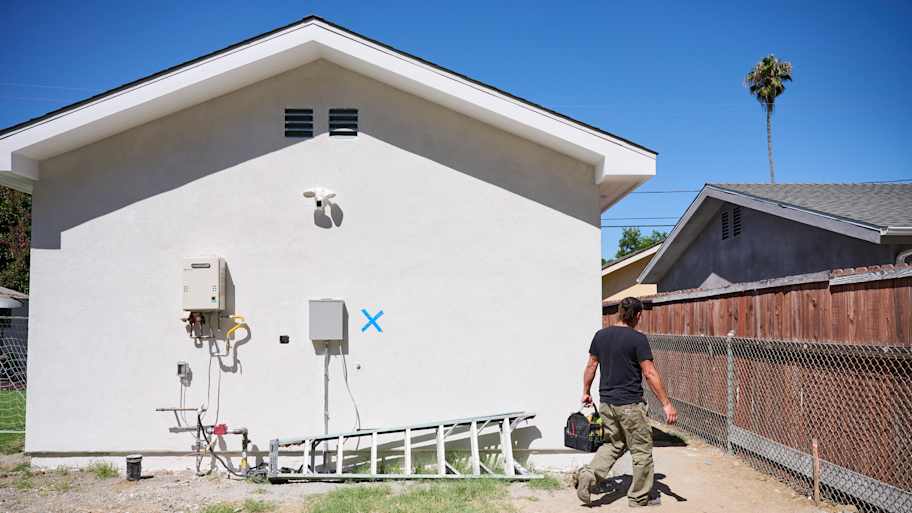
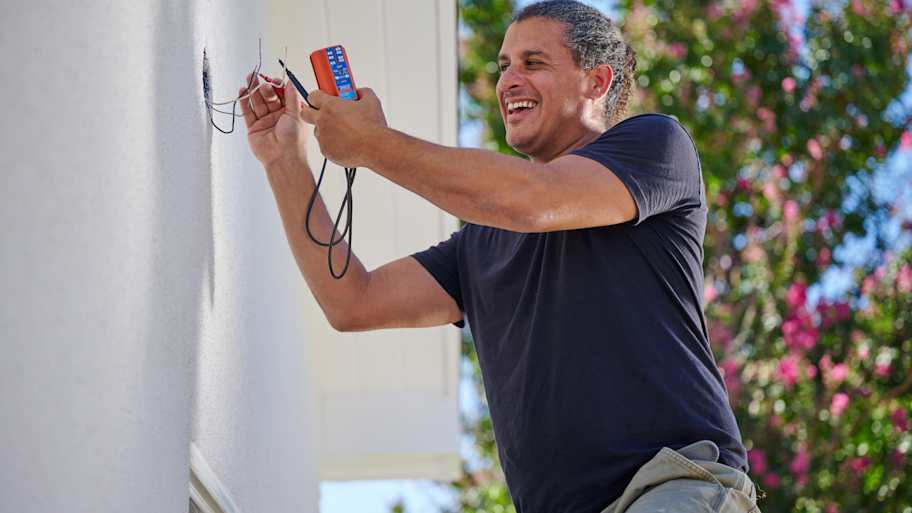
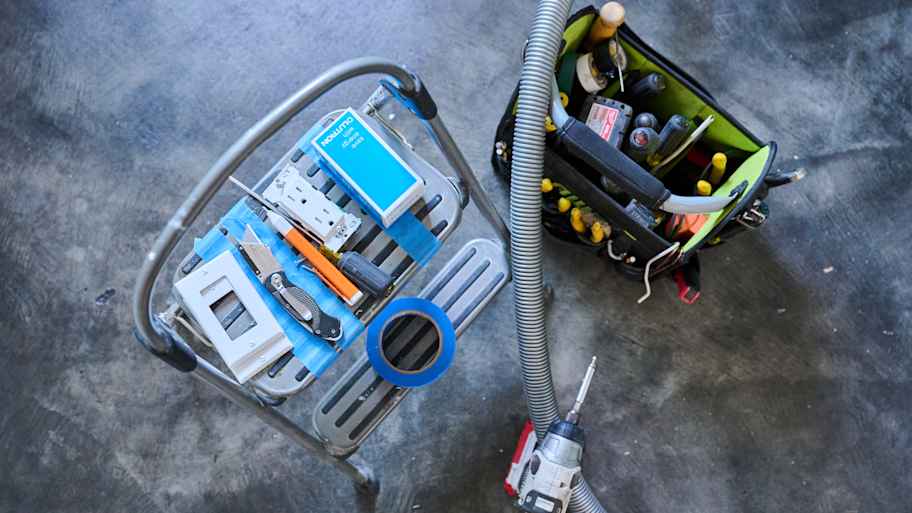
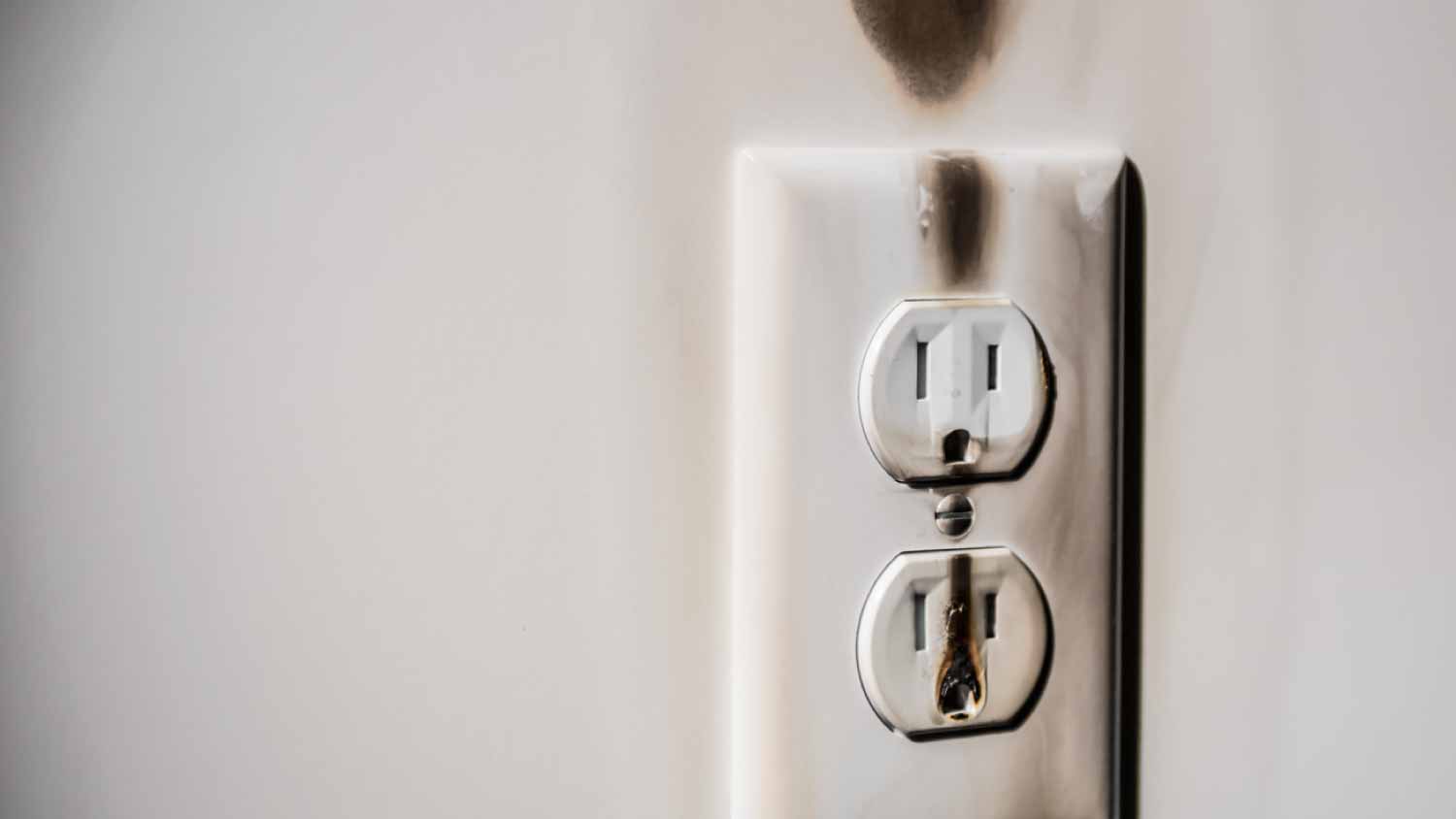

- Home Generator Repair
- Lamp Repair
- Electric Repair
- Generator Installation
- TV Antenna Services
- Emergency Electricians
- Commercial Electricians
- Attic Fan Installation
- Attic Fan Repair
- Exhaust Fan Installation
- Electric Inspectors
- Subcontractors
- Electrical Construction
- EV Charger Installer
- Chandelier Installation
- Doorbell Installation
- Bathroom Fan Installation
- Ring Installers
- Electrical Panel Upgrade
- Is a Dead Outlet Dangerous? What You Need to Know
- How to Reset an Outlet Without a Reset Button
- Outlets Not Working in One Room? Here’s How to Solve
- How to Wire an Outlet From Another Outlet in 9 Steps
- How to Fix Loose Outlets: A Step-by-Step Guide
- 4 Ways to Fix Bathroom Outlets That Are Not Working
- Why Is My Outlet Hot?
- Why Are My Lights Out But the Breaker Is Not Tripped?
- How to Tell If a Breaker Is Tripped: Everything You Need to Know
- What Do GFCI Electrical Outlet Buttons Do?










